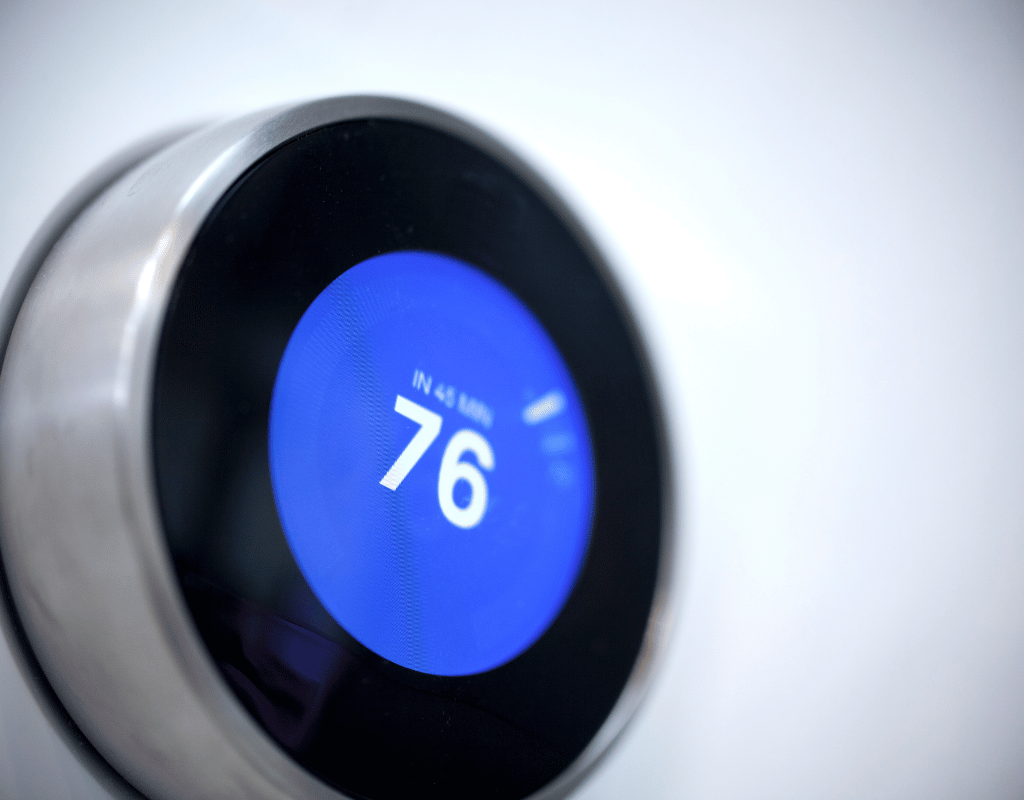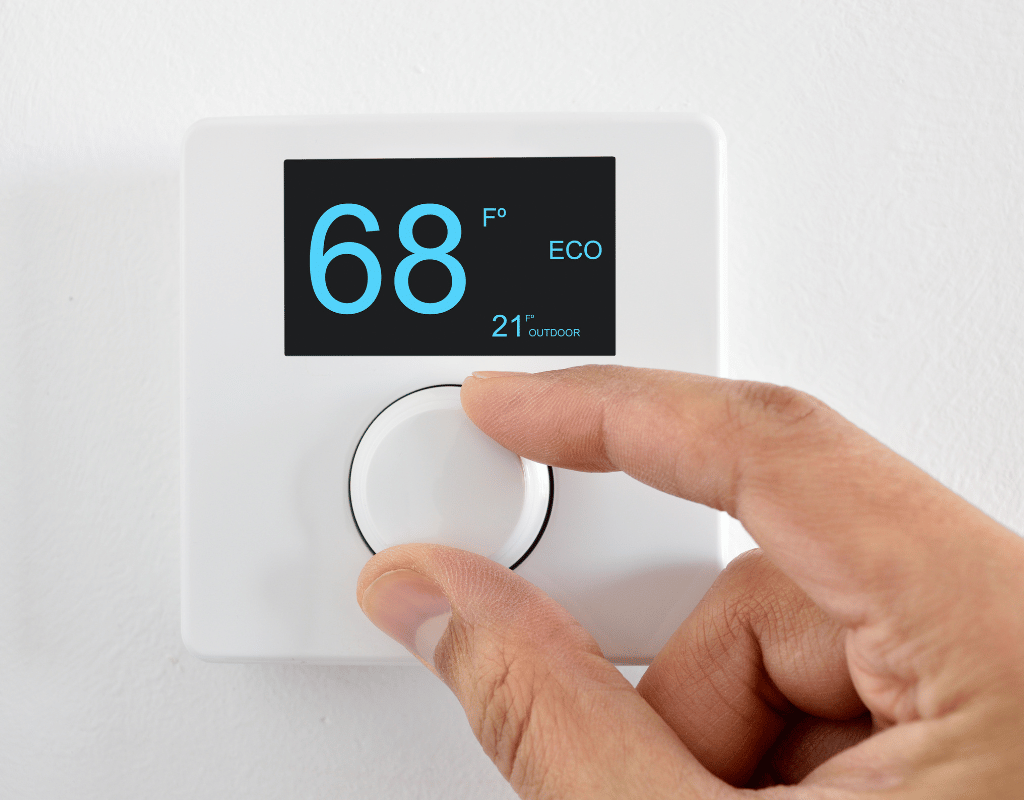Best Recommended Thermostat Settings for Summer
During the scorching summer months, finding the ideal thermostat settings can make a significant difference in your overall comfort and energy bill. The optimal temperature for most people during the summer is around 78 degrees Fahrenheit (25 degrees Celsius). This temperature strikes a balance between keeping you cool and minimizing energy consumption. However, individual preferences may vary, so it’s essential to find what works best for you.
To optimize energy efficiency, consider setting your thermostat higher when you’re away from home or during the night when you’re sleeping. By raising the temperature by a few degrees, you can reduce your energy usage and save money without sacrificing comfort. Additionally, using ceiling fans in conjunction with your air conditioning can help circulate the cool air and make the room feel even cooler.
Another crucial factor to consider is humidity control. High humidity can make you feel hotter, even if the temperature is set correctly. Aim for a humidity level between 40% and 50% to maintain a comfortable environment. If your thermostat has a humidity control feature, take advantage of it to enhance your overall comfort during the summer months.
Best Recommended Thermostat Settings for Winter
When the winter chill sets in, finding the right thermostat settings can ensure you stay warm and cozy without breaking the bank. The optimal temperature during the winter is around 68 degrees Fahrenheit (20 degrees Celsius). However, personal preferences may lead you to adjust this temperature slightly higher or lower.
To optimize energy efficiency, consider lowering the temperature when you’re away from home or during the night when you’re snuggled under the covers. Every degree you lower can result in energy savings of up to 3%. Additionally, using a programmable thermostat allows you to schedule temperature adjustments based on your daily routine, ensuring you’re never wasting energy when you don’t need it.
To supplement your heating system, consider utilizing other heating sources such as blankets, rugs, and space heaters in the rooms you use the most. This way, you can keep the overall temperature lower while still staying warm and comfortable. Just be sure to follow safety guidelines when using space heaters and never leave them unattended.
Understanding the Importance of Thermostat Settings
The thermostat is the control center for your heating and cooling system, and understanding its importance can help you maximize comfort and energy efficiency. The correct thermostat settings can ensure that your home maintains a consistent and comfortable temperature, while also reducing unnecessary energy consumption.
By setting appropriate temperatures for each season, you can achieve a balance between comfort and energy savings. During the summer, setting your thermostat a bit higher when you’re away from home or sleeping can result in significant energy savings. Similarly, lowering the temperature during the winter when you’re not home or at night can help you save on heating costs.
Furthermore, proper thermostat settings can also prolong the lifespan of your HVAC system. When the system is not constantly running at maximum capacity, it experiences less wear and tear, reducing the chances of breakdowns and the need for costly repairs. Regularly maintaining and monitoring your thermostat settings can help you achieve optimal performance and extend the lifespan of your heating and cooling system.
Tips for Optimizing Energy Efficiency in the Summer
During the summer, optimizing energy efficiency can help you stay cool while keeping your energy bill under control. Here are some tips to achieve this:
- Utilize a programmable thermostat: A programmable thermostat allows you to set temperature schedules based on your daily routine. This way, you can automatically adjust the temperature when you’re away from home or sleeping, saving energy without sacrificing comfort.
- Keep curtains and blinds closed: Closing curtains and blinds during the hottest parts of the day can prevent heat from entering your home, reducing the workload on your air conditioning system.
- Utilize ceiling fans: Ceiling fans can help circulate the cool air, making the room feel cooler without relying solely on your air conditioning. Remember to turn them off when you leave the room to save energy.
- Maintain your air conditioning system: Regularly clean or replace air filters, ensure proper insulation, and schedule professional maintenance for your air conditioning system. A well-maintained system operates more efficiently and can save you money in the long run.
Common Mistakes to Avoid When Setting Your Thermostat in the Summer
Many homeowners unknowingly make mistakes when setting their thermostats during the summer. Avoid these common errors to maximize your comfort and energy efficiency:
- Setting the temperature too low: Cranking down the temperature to extremely low levels won’t cool your home faster. It only makes your air conditioning system work harder and consumes more energy.
- Leaving the thermostat at a constant low temperature: Keeping the temperature the same throughout the day, even when you’re not home, wastes energy. Use a programmable thermostat to adjust the temperature based on your schedule.
- Ignoring humidity control: High humidity can make you feel uncomfortable even at the right temperature. Utilize the humidity control feature on your thermostat or use a dehumidifier to maintain a comfortable environment.
Tips for Staying Warm While Keeping Energy Costs Low in the Winter
In the winter months, it’s essential to stay warm without incurring exorbitant heating costs. Here are some tips to achieve this:
- Layer up: Wear warm clothing and use blankets to keep yourself cozy. By bundling up, you can keep the overall temperature lower while still feeling comfortable.
- Seal drafts: Inspect your home for drafts and seal them to prevent cold air from entering and warm air from escaping. Weatherstripping and caulking are effective methods for sealing gaps around windows and doors.
- Utilize the sun: Open curtains and blinds during the day to allow the sun’s warmth to enter your home naturally. Remember to close them once the sun sets to retain the heat.
Common Mistakes to Avoid When Setting Your Thermostat in the Winter
When setting your thermostat in the winter, beware of these common mistakes that can lead to energy waste and discomfort:
- Setting the temperature too high: Cranking up the heat to excessively high levels won’t warm your home faster. It only makes your heating system work harder and consumes more energy.
- Leaving the thermostat at a constant high temperature: Keeping the temperature the same throughout the day, even when you’re not home, wastes energy. Use a programmable thermostat to adjust the temperature based on your schedule.
- Ignoring energy-saving features: Many modern thermostats offer energy-saving features such as adaptive learning and geofencing. Take advantage of these features to optimize your energy usage and reduce costs.
Smart Thermostat Technology and Its Benefits
Smart thermostat technology has revolutionized the way we control our home’s temperature, offering enhanced convenience and energy savings. These advanced thermostats connect to your home’s Wi-Fi network and can be controlled remotely using a smartphone app or a virtual assistant like Amazon Alexa or Google Assistant.
The benefits of smart thermostats include:
- Remote control: With a smart thermostat, you can adjust the temperature of your home from anywhere using your smartphone. This feature allows you to come back to a comfortable home without wasting energy while you’re away.
- Learning capabilities: Smart thermostats have the ability to learn your schedule and adjust the temperature accordingly. Over time, they can anticipate your heating and cooling needs, saving you energy and money.
- Energy usage reports: Smart thermostats provide detailed energy usage reports, allowing you to track and analyze your energy consumption. This information can help you make informed decisions to further optimize energy efficiency.
Summer Thermostat Setting for a 2-Story House
Maintaining the perfect temperature in a two-story house during the summer can be challenging. However, with the right thermostat settings, you can achieve a comfortable environment on both levels. For optimal comfort in a two-story home, maintain a two-degree Fahrenheit difference between thermostat settings on each floor. During summer, set the upper floor to your desired temperature, then adjust each lower floor two degrees warmer for efficient cooling.
Here are some further tips:
- Zone your home: If you have a zoned HVAC system, set different temperature settings for each floor. This way, you can cool the upper level more during the day and the lower level during the night.
- Utilize fans: Place fans strategically to help circulate the cool air throughout your home. Consider using portable fans or installing ceiling fans to improve air circulation and maintain an even temperature.
FAQs
What is the best temperature for AC at night?
The best temperature for AC at night is around 72 degrees Fahrenheit (22 degrees Celsius). This temperature provides a comfortable sleeping environment without overworking your air conditioning system.
What is the best AC temperature for sleeping in summer?
The best AC temperature for sleeping in summer is between 68 and 72 degrees Fahrenheit (20 and 22 degrees Celsius). This range allows for optimal comfort without excessive energy consumption.
Is it cheaper to leave your thermostat at one temperature?
No, it is not cheaper to leave your thermostat at one temperature throughout the day. Adjusting the temperature based on your schedule and using a programmable thermostat can result in significant energy savings.
Conclusion and Final Thoughts
Finding the best thermostat settings for summer and winter can significantly impact your comfort and energy costs. By following the recommended temperature ranges and implementing energy-saving tips, you can strike a balance between staying comfortable and reducing your energy consumption. Additionally, utilizing smart thermostat technology can enhance convenience and provide further energy-saving benefits.
Remember to avoid common thermostat setting mistakes, such as setting the temperature too high or leaving it at a constant temperature throughout the day. By making small adjustments and optimizing your heating and cooling system, you can create a comfortable environment while minimizing energy waste.
Take the time to understand your thermostat and its features. Regularly monitor and adjust your settings to maximize energy efficiency and prolong the lifespan of your HVAC system. With the right thermostat settings, you can enjoy a comfortable home all year round without breaking the bank.





